Danh sách sản phẩm
Liên hệ chúng tôi
Email: qiao@hvtest.cc
Di động:+8615871365102
Ứng dụng là gì:+8615871365102
-
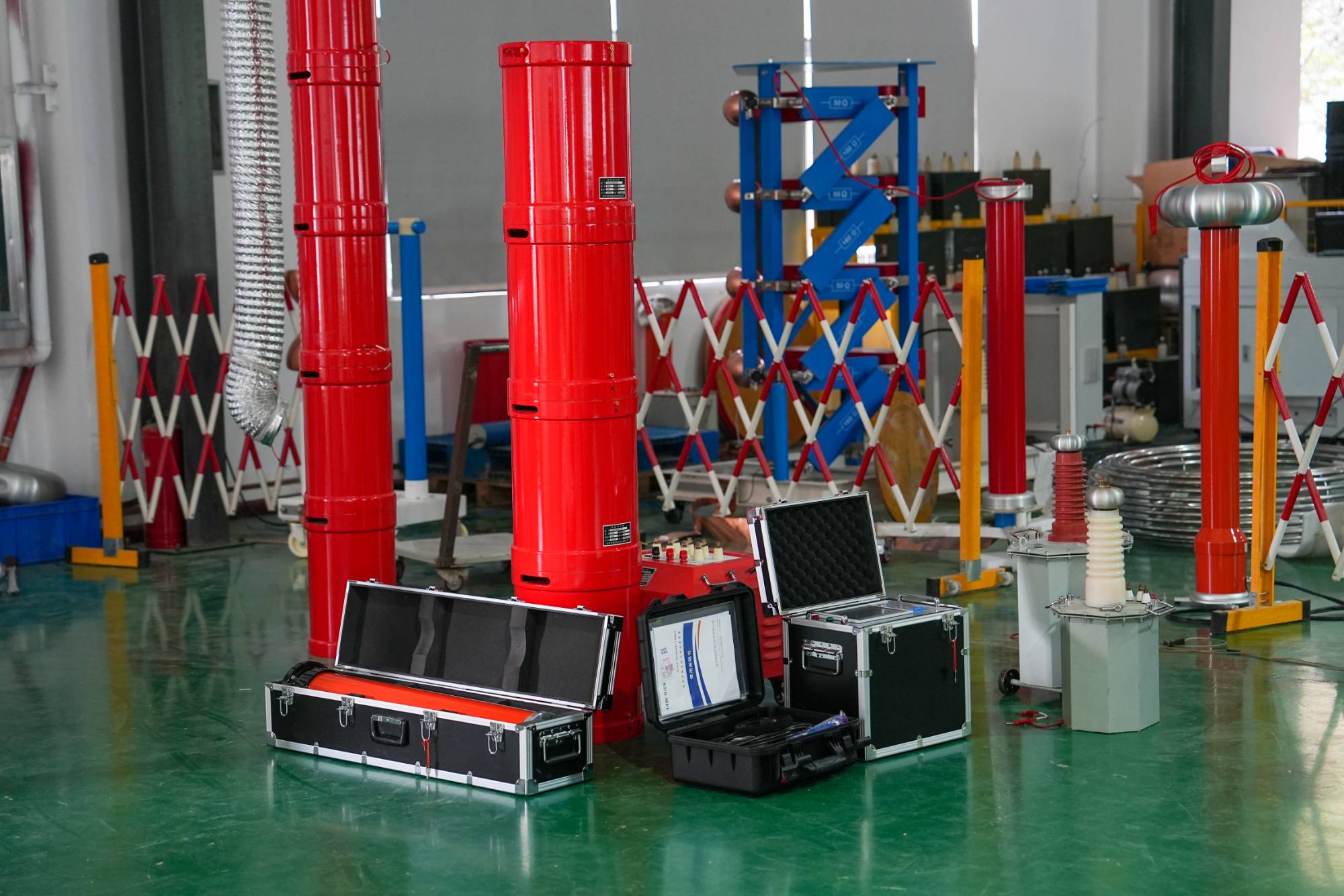
Principle of series resonance withstand voltage test
2025-11-07Principle of series resonance withstand voltage test? Wuhan UHV specializes in the production of series resonance, with a wide range of product selection and professional electrical testing. To find series resonance, choose Wuhan UHV. The main uses and advantages of series variable frequency resonancemain purposeThe frequency conversion resonance test method, as one of the best equivalent methods for power frequency withstand voltage testing, is mainly used for on-site AC withstand voltage testing of capacitive power equipment with large capacitance values, including cross-linked polyethylene medium low voltage/high voltage/ultra-high voltage power cables (XLPE), fully enclosed high voltage combination devices (GIS), generator stators, large transformers, overhead power lines, power capacitors, etc. superiorityThe handover or preventive testing of the above power equipment requires a power frequency withstand voltage test, but due to the large capacitance of the test sample, the test
HƠN -

Series resonance calculation
2025-11-07Calculation of series resonance? Wuhan UHV specializes in the production of series resonance, with a wide range of product selection and professional electrical testing. To find series resonance, choose Wuhan UHV. In circuits containing capacitors and inductors, if capacitors and inductors are connected in parallel, it may occur within a small period of time: the voltage of the capacitor gradually increases while the current gradually decreases; At the same time, the current of the inductor gradually increases, while the voltage of the inductor gradually decreases. And in another very short period of time: the voltage of the capacitor gradually decreases, while the current gradually increases; At the same time, the current of the inductor gradually decreases, while the voltage of the inductor gradually increases. The increase of voltage can reach a positive maximum value, and the decrease of voltage can also reach a negative maximum value. Similarly, the direction of current will
HƠN -

It is important to choose a good series resonance supplier
2025-11-06Every manufacturer needs to understand how their supplier can determine whether to choose an electronic testing device? In fact, when choosing a supplier, it is necessary to choose a good series resonance supplier. Perhaps many people think that most of the suppliers in the market are good, as long as they choose a supplier according to their own needs.Actually, it's not like that. Due to the large number of suppliers in the market, there may be some mixed quality issues. Therefore, before choosing a supplier of series resonant devices, it is important to understand their market reputation? Do you have a good understanding of the quality and detectability of the series resonance produced by it? After determining all these aspects, one can know how the series resonance supplier is and whether they can provide excellent supply guarantee. After purchasing a batch of series resonance from this supplier, one can have very accurate detection and unique capabilities in data analysis.At th
HƠN -

The necessity of understanding the production process of series resonance
2025-11-06Buying any product is not as easy as people think, and it is indeed necessary to have an understanding of its various information. After comparison, one can determine whether it is worth choosing for oneself, just like choosing series resonance (also known as variable frequency resonance). When purchasing, it is necessary to have an understanding of its production process. Why is it necessary to have an understanding of its production process?Because the rigor and exquisite production process reflect the strength of the manufacturer, it reflects whether the manufacturer can produce very good series resonance and whether there is a very good performance guarantee throughout the entire use. Only after this aspect is confirmed can we know whether it is worth choosing for ourselves? So if you don't know which manufacturer's production process is better before choosing a series resonance, and choose a series resonance in a confused way, it is easy to fail to achieve its data accurac
HƠN -
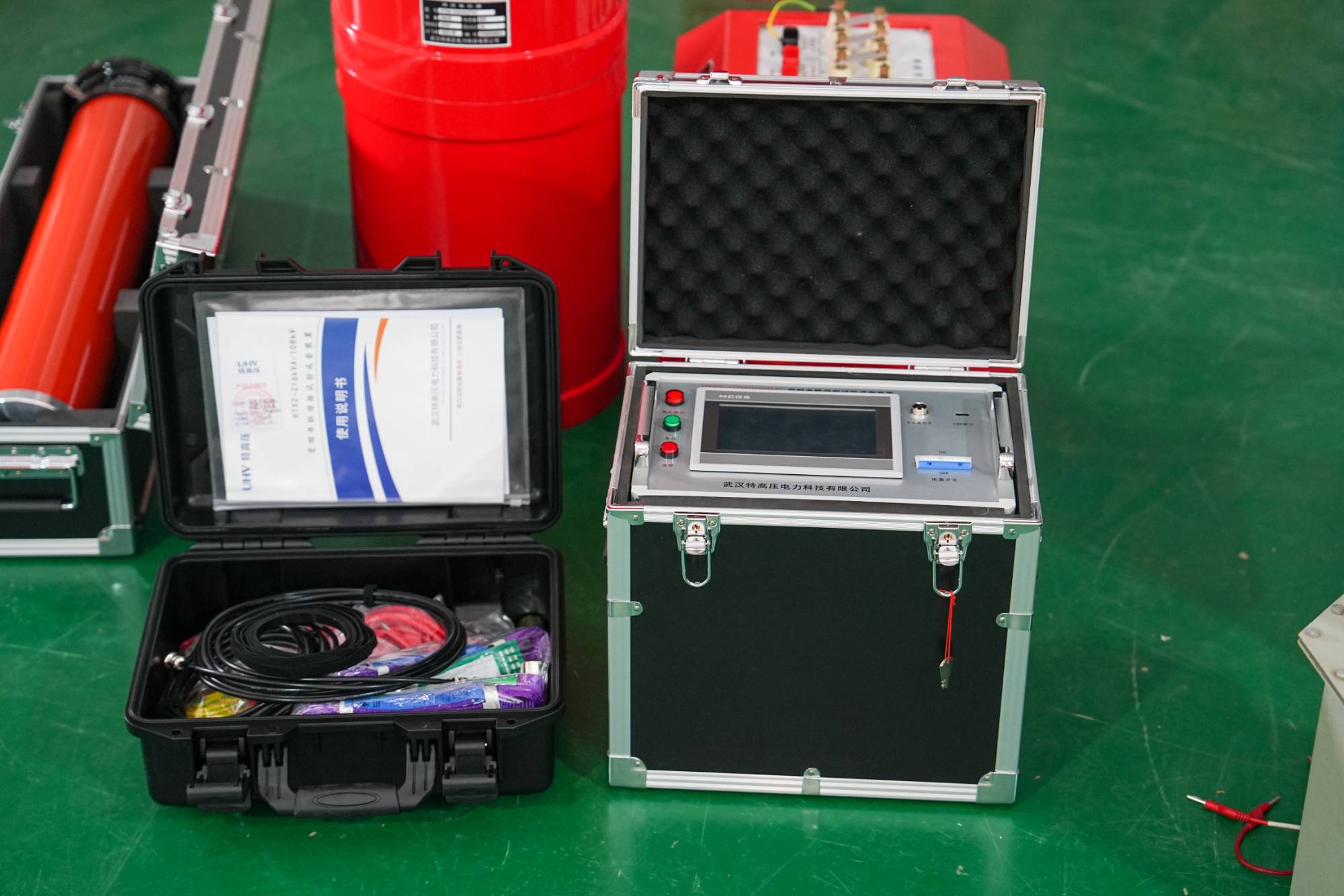
Series resonant intermediate frequency power supply
2025-11-06Series resonant intermediate frequency power supply? Wuhan UHV specializes in the production of series resonance, with a wide range of product selection and professional electrical testing. To find series resonance, choose Wuhan UHV.Introduction to series resonant intermediate frequency power supplyThe principle of electromagnetic induction: In 1831, British physicist Faraday discovered the phenomenon of electromagnetic induction and proposed a corresponding theoretical explanation. The content is that when there is an alternating magnetic field in the area surrounded by the circuit, an electromotive force will be induced at both ends of the circuit, and if closed, an induced current will be generated. The principle of induction heating is to generate alternating current, thereby generating an alternating magnetic field, and then using the alternating magnetic field to generate eddy currents to achieve the heating effect.Skin effectWhen an alternating current flows through a conductor,
HƠN -

Mature series resonance technology and stable operation
2025-11-05If the series resonance (also known as variable frequency resonance) purchased by oneself has no technical content or unstable performance during use, it will affect the entire use. The current series resonance technology is mature and runs stably.Every manufacturer has invested a lot of manpower and material resources in the production of series resonance, introduced very advanced software systems, which can fundamentally ensure the technical content of series resonance. Moreover, through high system stability in the equipment testing process, there will be no problem of good or bad performance at one time, and there will be no interference from external magnetic fields. These aspects ensure that the entire detection value of series resonance is very high. Moreover, as long as the connection is correct during the testing process, equipment data can be detected within a few minutes, and it is possible to know how to solve factory equipment problems, restore equipment production efficie
HƠN -
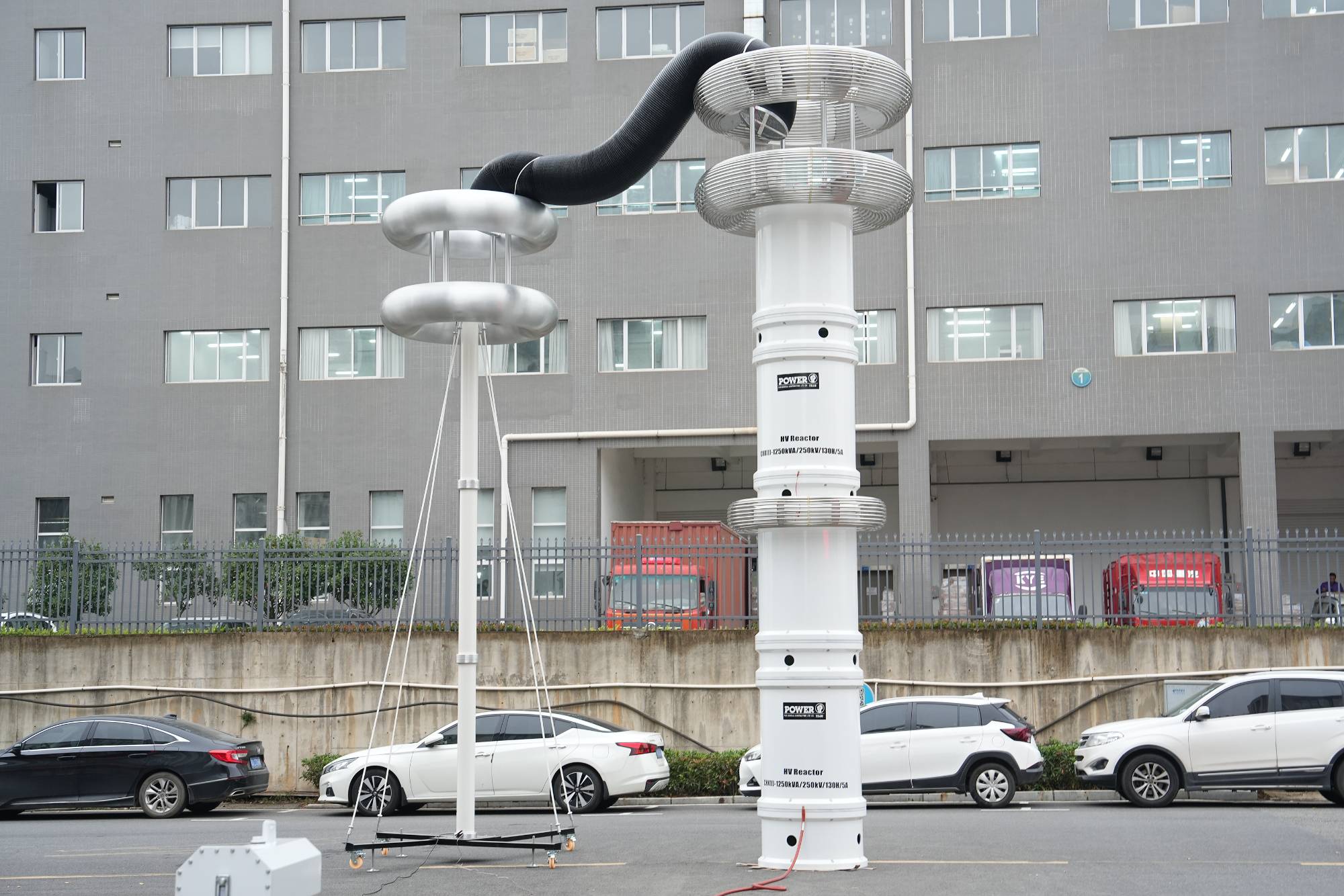
Series resonance test device
2025-11-05Series resonance test device? Wuhan UHV specializes in the production of series resonance, with a wide range of product selection and professional electrical testing. To find series resonance, choose Wuhan UHV.The AC withstand voltage test of various large power transformers, power cables, steam turbines, hydro generators, and other capacitive equipment must be strictly conducted regularly in accordance with the test regulations. Under power frequency conditions, due to the large capacitance of the test object or high requirements for the test voltage, there are also high requirements for the power capacity of the test device. Traditional power frequency withstand voltage devices often have large individual volumes, heavy weights, are not easy to transport on site, and are not easy to combine arbitrarily, resulting in poor flexibility. At present, a better method is to use series resonance for voltage withstand testing.Advantages of series resonant power supply in power system applicat
HƠN -
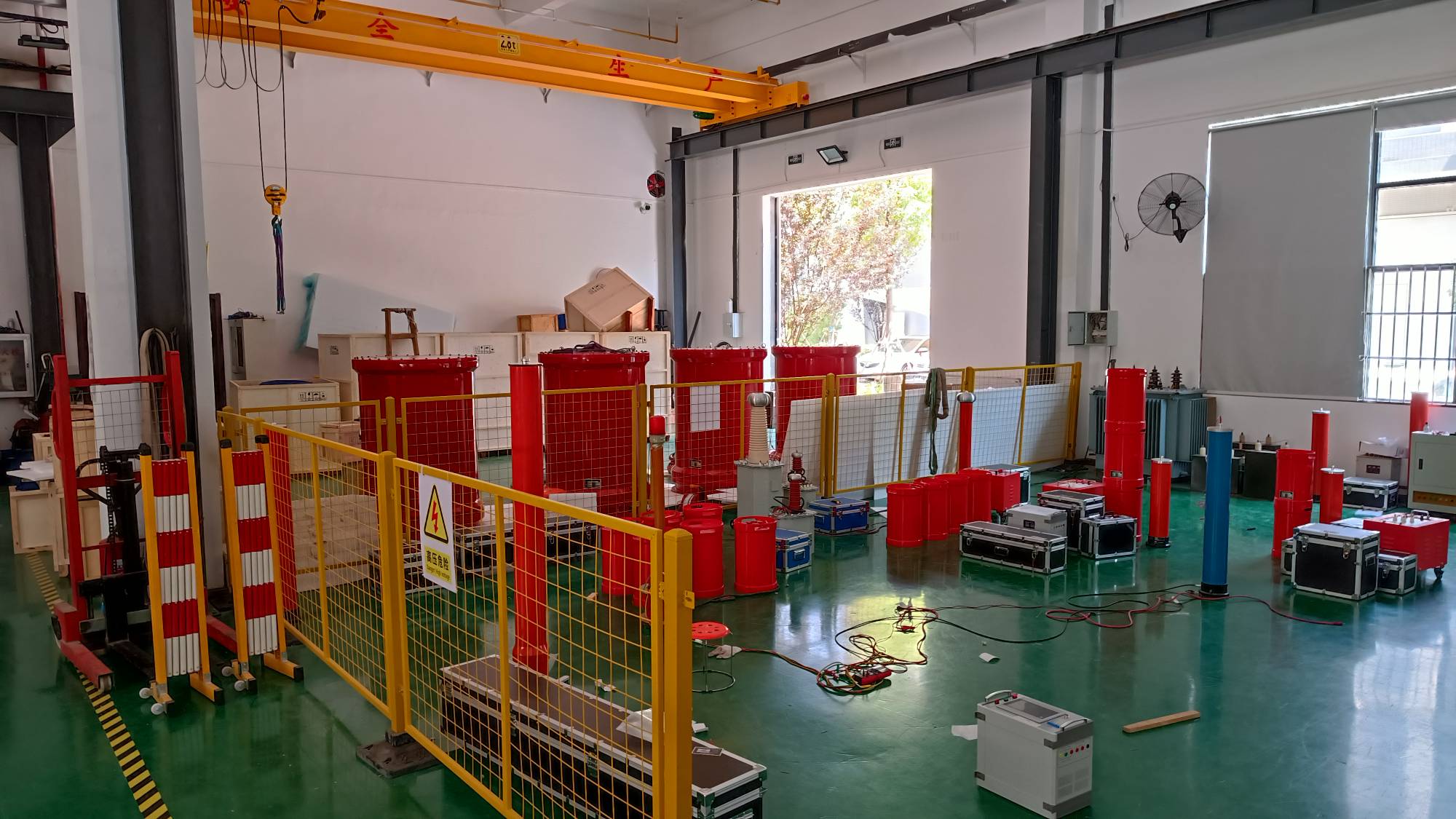
Principle of series resonance
2025-11-05The principle of series resonance? Wuhan UHV specializes in the production of series resonance, with a wide range of product selection and professional electrical testing. To find series resonance, choose Wuhan UHV.The variable frequency series resonance test device applies the principle of series resonance, uses an excitation transformer to excite the series resonance circuit, adjusts the output frequency of the variable frequency controller, and causes the circuit inductance L and the test sample C to resonate in series. The resonance voltage is the voltage applied to the test sample. The frequency conversion resonance test device is widely used in industries such as power, metallurgy, petroleum, and chemical engineering, and is suitable for the handover and preventive testing of high-capacity, high-voltage capacitive specimens.Equipment PrincipleUsing the principle of series resonance, the excitation transformer is used to excite the series resonance circuit, and the output frequenc
HƠN -
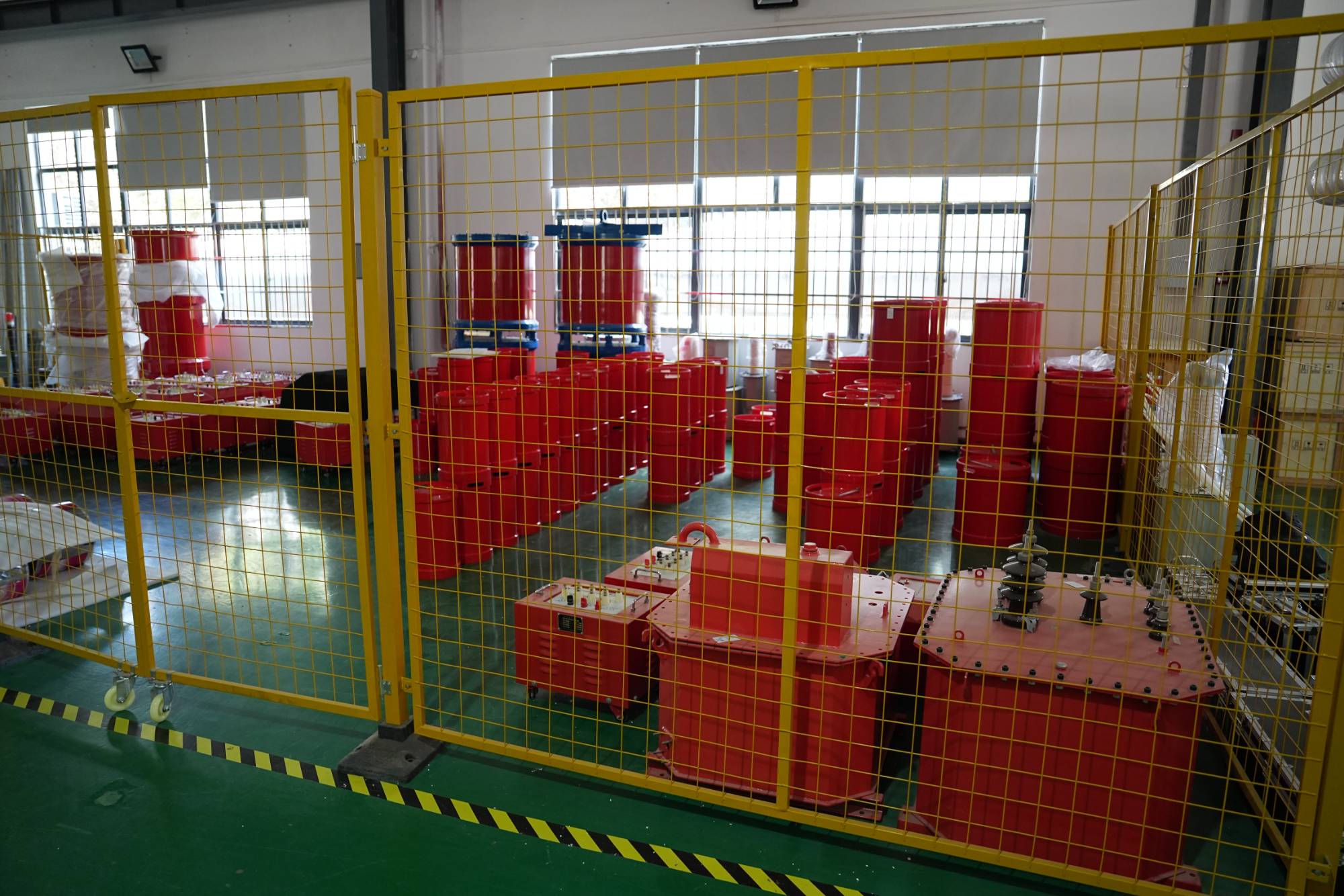
Series resonance manufacturers can provide one-stop services
2025-11-04Series resonance (also known as variable frequency resonance) now has great practical value and has a very good effect on factory equipment testing. However, before purchasing, it is also necessary to understand what services the series resonance manufacturer can provide in order to know if it is worth it. However, the following two aspects can tell you that series resonance manufacturers can provide one-stop services.Firstly, many people have a certain understanding of series resonance, but there may be some minor issues during operation that they do not know how to solve. If these issues are not resolved, it will definitely directly affect the specific equipment testing, and even lead to non-standard testing data. However, after the series resonance manufacturer sells their equipment, they will also provide excellent technical guidance and training. If there are any problems, customers can communicate with the manufacturer's staff. Professional staff will tell everyone how to ope
HƠN -
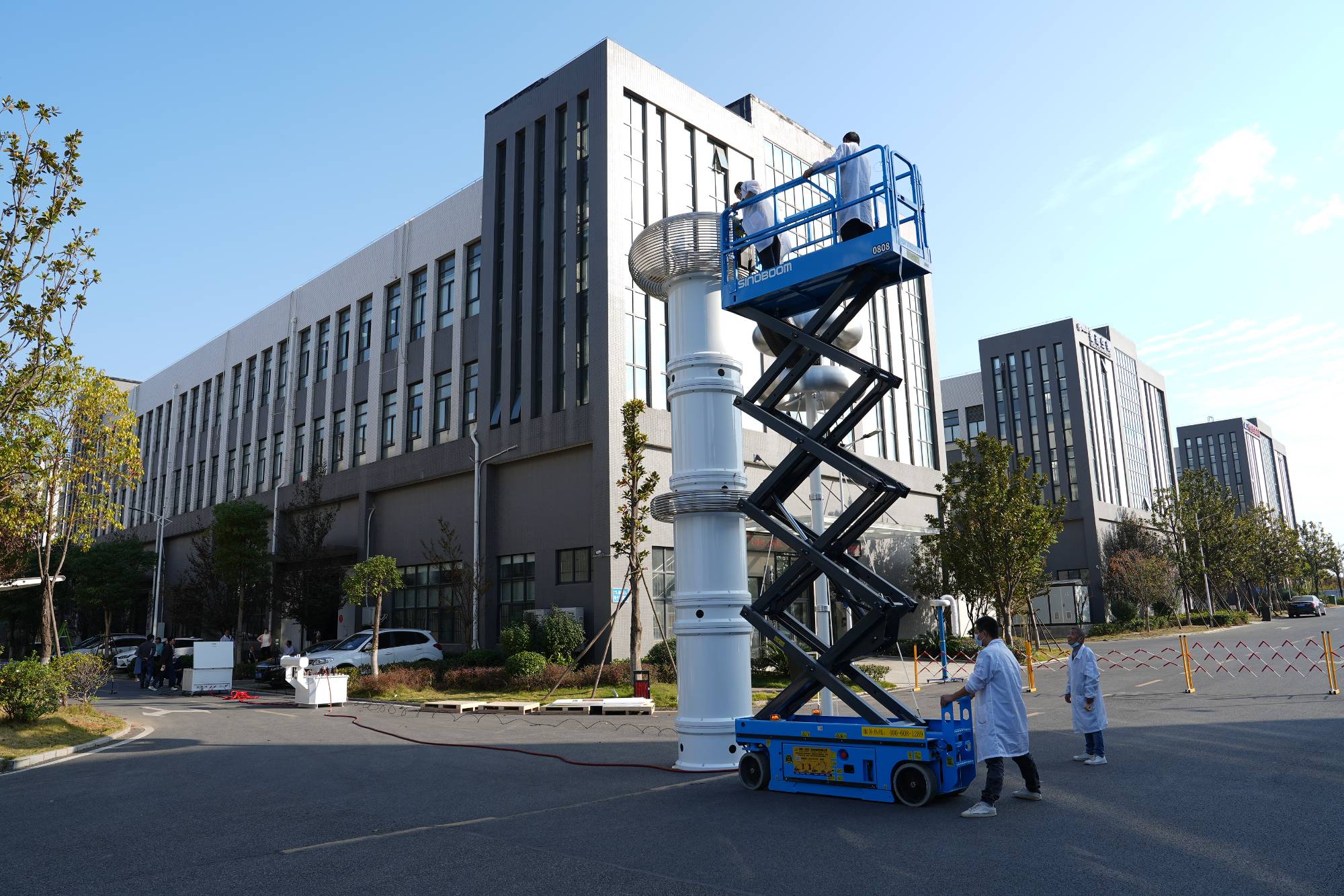
The series resonance manufacturer has a guaranteed reputation and is very trustworthy
2025-11-04If you don't find a good manufacturer when choosing a series resonance (also known as a variable frequency series resonance withstand voltage device), it will directly affect the entire purchase and use, and even make your money go to waste. Now, the reputation of series resonance manufacturers is guaranteed and worth trusting.Firstly, many people are not only worried about the quality of series resonance when choosing it for the first time, but also about its manufacturer's poor reputation, lack of high credibility, and good reputation, so that their choice can be based on its overall reputation or have a very good guarantee. For example, when customers purchase a series resonance, they promise a three-year warranty and lifetime maintenance. This is not a simple statement, but a promise made to customers. When customers really encounter problems when using series resonance, professional staff can be sent to the site to help customers solve facility and equipment problems witho
HƠN -
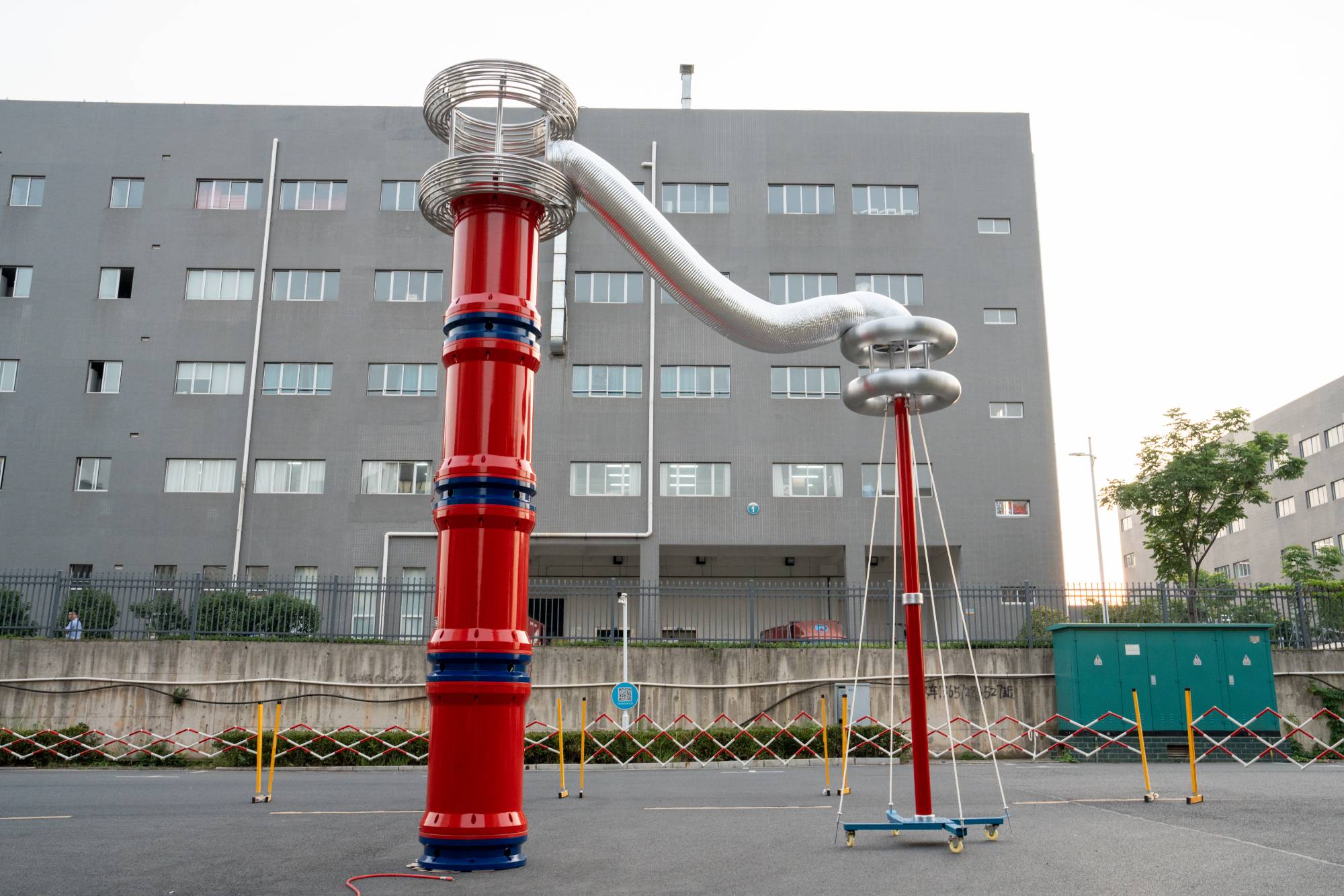
High quality series resonance suppliers are important
2025-11-04Every factory hopes to choose a very good device when choosing series resonance, which is convenient for the detection of factory equipment. However, before choosing series resonance, it is very important to find a high-quality series resonance supplier.First of all, let's think about it. If the series resonance supplier you choose is not good and cannot guarantee that the series resonance device you choose has very strong quality, stable performance, and very accurate detection data. Before choosing a series resonant supplier, it is necessary to compare and understand different suppliers, so as to find a high-quality supplier and ensure greater security in the entire selection process. Because good suppliers can fulfill their promises and provide excellent after-sales service to customers, professional operation training is possible. Therefore, before choosing series resonance, it is necessary to have a comparative understanding of suppliers in the market.Secondly, high-quality se
HƠN -
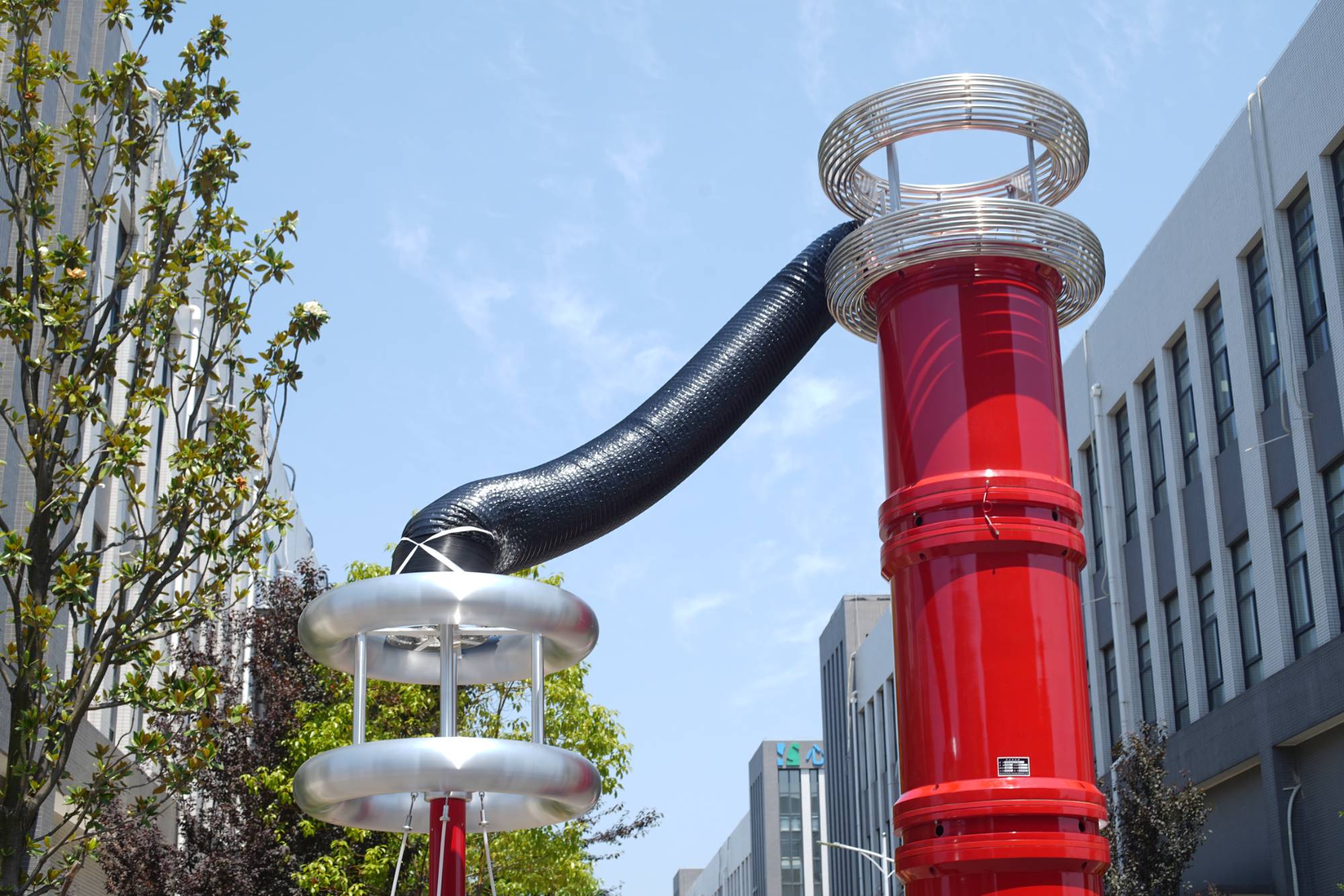
Is series resonance good and how is its usability?
2025-11-03Faced with various series resonances in the market, many people also ask whether they are good and practical when choosing? Only after determining these two points can we know whether it is worth choosing whether it can improve the production capacity of factory equipment.Nowadays, there are diverse styles of series resonance devices, and many factories can choose them according to their actual needs. One type is very suitable for the actual needs of the factory, and its quality is very strong, small in size, and light in weight, which can be carried around. It has become an essential device for detecting many work equipment. Therefore, it can be understood that series resonance is still a very good equipment detection device, with increasingly prominent value and suitable for the needs of different factories. Its performance is very stable, and it will not be affected by electromagnetic field interference or unstable current and voltage interference during use. It can always detect wi
HƠN -
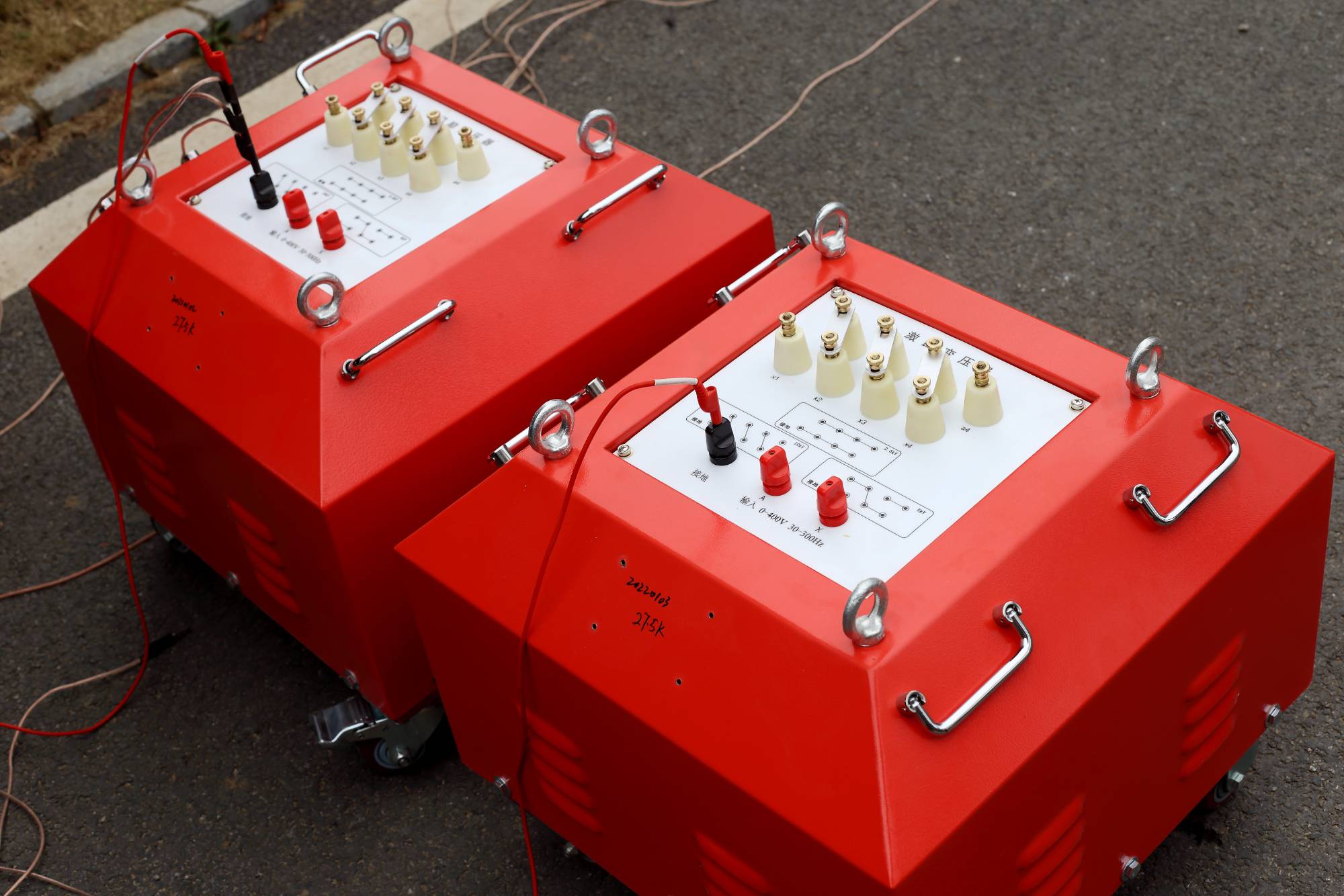
How to choose a cost-effective series resonance?
2025-11-03When testing equipment, it is necessary to choose a very good testing device in order to achieve a higher level of testing. Series resonance (also known as variable frequency series resonance withstand voltage device) has been applied in many different factories, and choosing a cost-effective series resonance is also a very important thing. Let's talk about how to choose it.If you want to choose a cost-effective series resonance, you need to pay attention to the issue of brand awareness. After all, if you want a monitoring device with particularly good performance, you can complete the inspection of factory equipment in a very short time and obtain the most accurate monitoring data. On the contrary, if you choose a brand with low popularity for series resonance, it may also result in the selected series resonance not being very practical. Even when using series resonance detection, there may be intermittent performance and inability to protect equipment resistance voltage.When choo
HƠN -
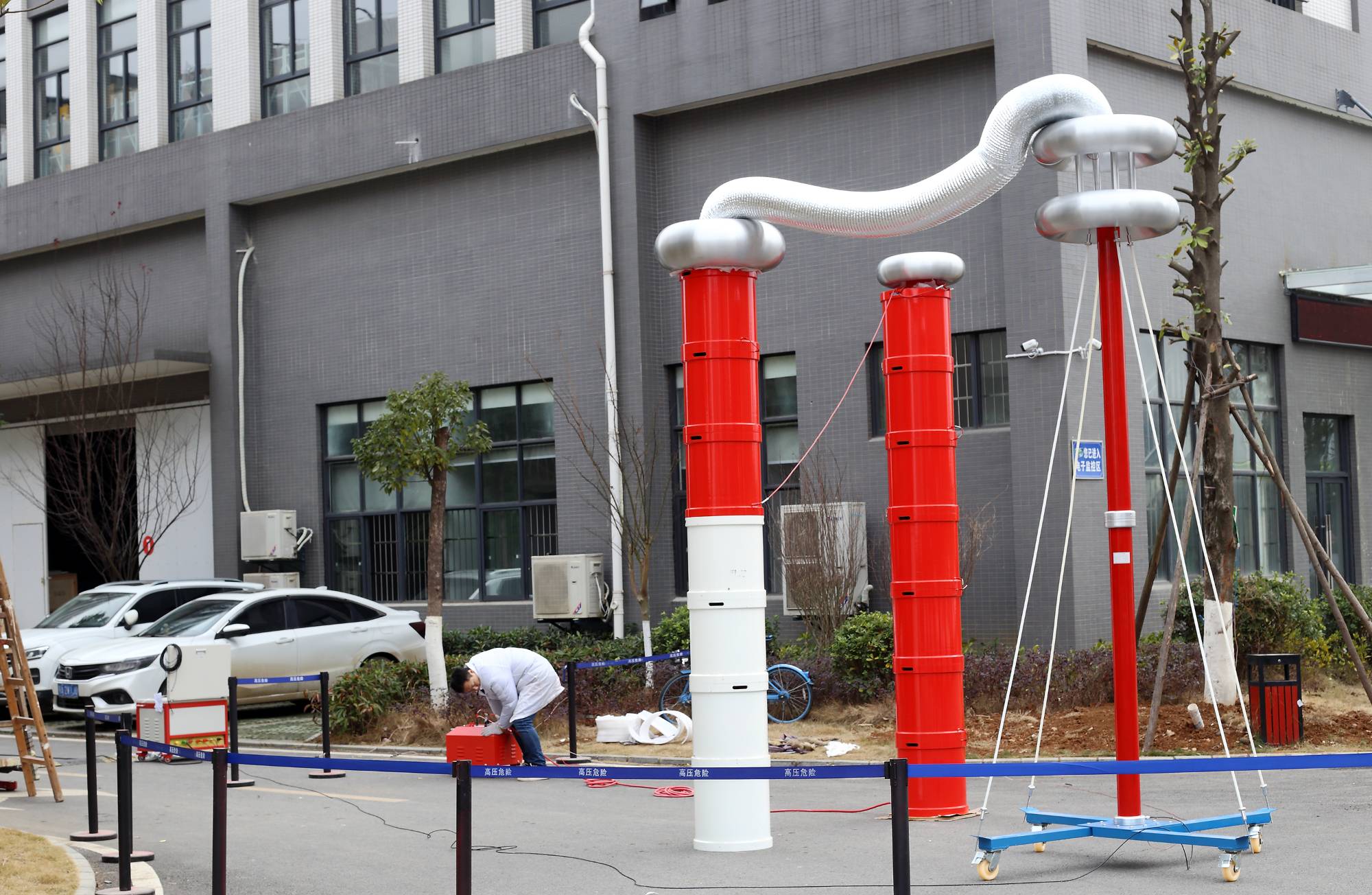
Measures to prevent resonance overvoltage
2025-11-03Measures to prevent resonance overvoltage? Wuhan UHV specializes in producing series resonant devices, with a wide range of product selection and professional electrical testing. When looking for series resonant devices, choose Wuhan UHV. Measures to prevent resonance overvoltageWhen the system resonates, under the action of resonance voltage and power frequency voltage, the magnetic density of the PT iron core quickly saturates, and the excitation current increases rapidly, which can cause serious overheating and damage to the PT winding (all PTs in the same system are threatened), and even cause bus faults and large-scale power outages. Therefore, how to quickly eliminate resonance when it occurs is the key to ensuring the safe operation of the equipment. 1、 Classification of Resonance and Analysis of Resonance PhenomenonThe resonance of a 6kV neutral ungrounded system can be divided into three types: fundamental resonance, high-frequency resonance, and frequency division resonance
HƠN -

What aspects can determine if a series resonant brand is worth choosing?
2025-10-31Due to the fact that many factories now require good series resonance (also known as AC withstand voltage testing devices) for testing and stabilizing production efficiency, they also hope to purchase good series resonance brands. From what aspects can we determine which series resonance brand is worth choosing?Perhaps many people have this doubt when choosing a series resonance brand, worried that the chosen series resonance brand is not good, and feel that they have suffered a lot of losses. In fact, there are many ways that can be utilized when choosing a series resonance brand, such as understanding the length of time the brand has been established. The short time of the series resonance brand indicates that it is a newly established brand and cannot obtain very good guarantees in terms of technology or production technology. When using it, one may not be particularly confident. If the selected series resonance brand has been established for a long time and has a certain historical
HƠN -
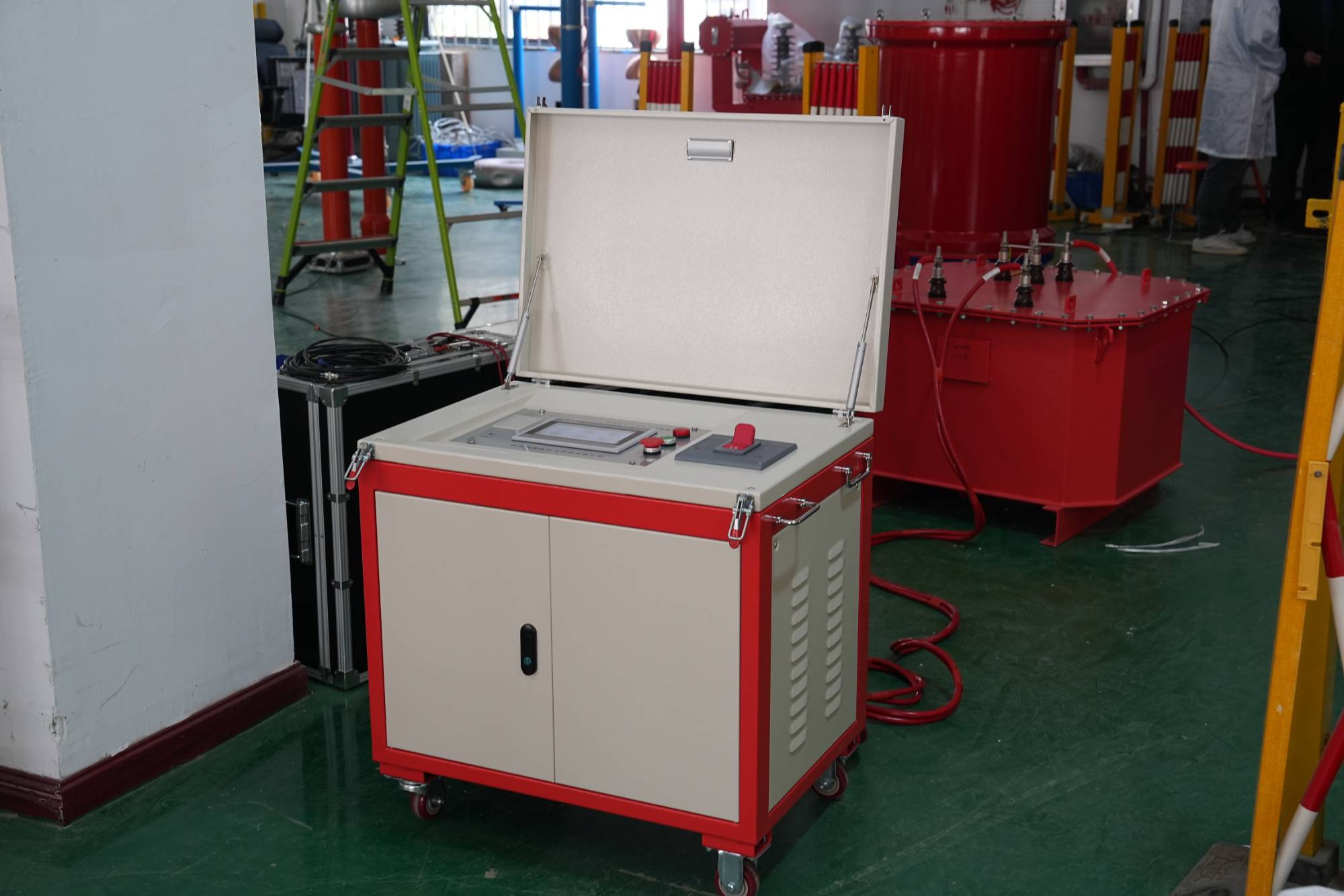
Capacitor inductor series resonant circuit
2025-10-31Capacitor inductor series resonant circuit? Wuhan UHV specializes in producing series resonant devices, with a wide range of product selection and professional electrical testing. When looking for series resonant devices, choose Wuhan UHV.There are many components composed of inductors and capacitors in the power system, such as equivalent inductance of power transformers, mutual inductors, reactors, generators, etc; Series and parallel capacitor banks for compensation, ground and phase to phase capacitance of line conductors, and equivalent capacitance of various high-voltage equipment. The combination between them can form a series of oscillation circuits with different self oscillation frequencies, and under certain conditions, can form a long-lasting ferromagnetic resonance overvoltage. In a series circuit composed of inductors and capacitors, when the capacitive reactance XC is equal to the inductive reactance XL, i.e. XC=XL, the phase of the voltage U and current I in the circui
HƠN -
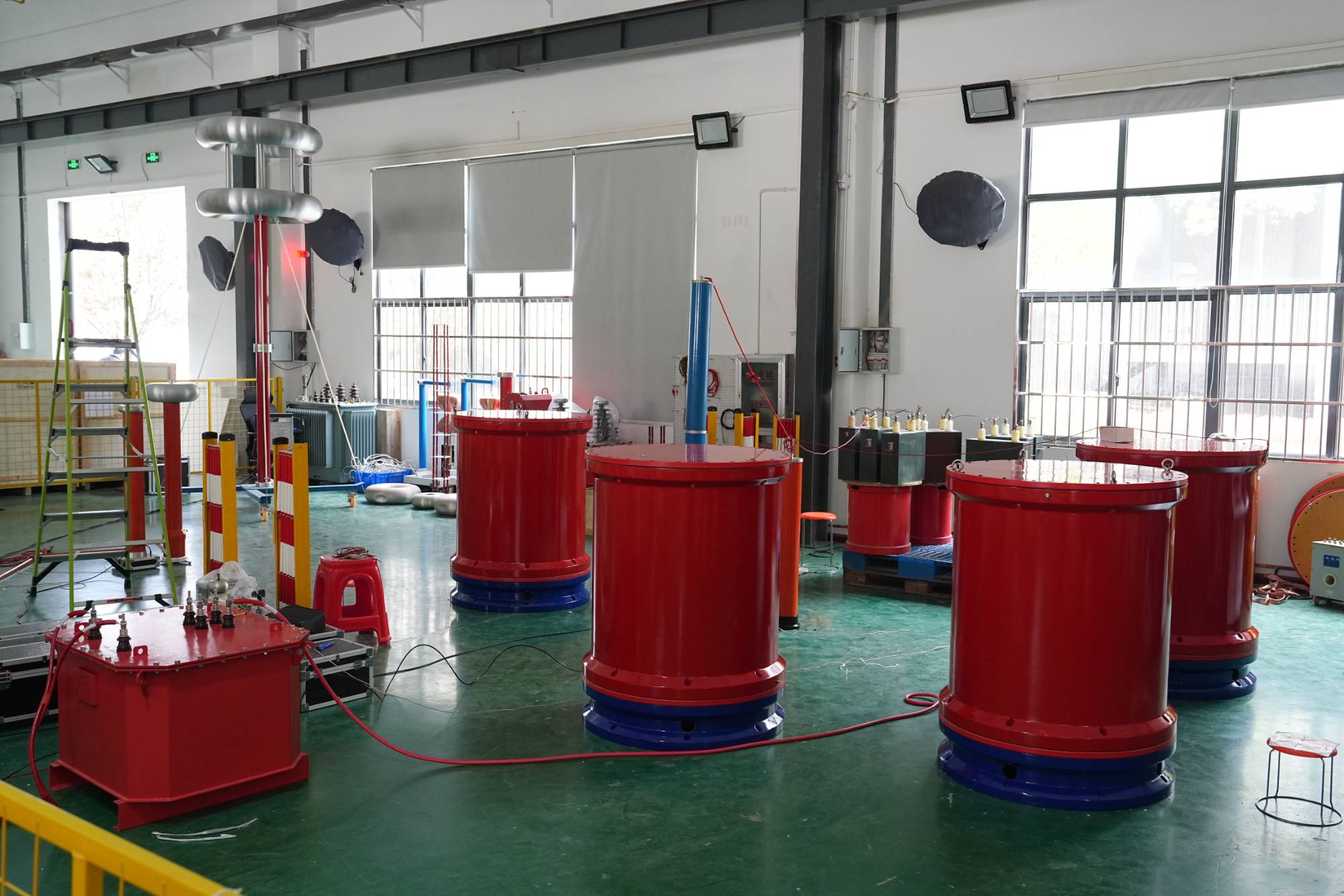
Research on the Characteristics of AC Resonant Circuits
2025-10-31Research on the Characteristics of Communication Resonant Circuits? Wuhan UHV specializes in producing series resonant devices, with a wide range of product selection and professional electrical testing. When looking for series resonant devices, choose Wuhan UHV.In circuits containing capacitors and inductors, if capacitors and inductors are connected in parallel, it may occur within a small period of time: the voltage of the capacitor gradually increases while the current gradually decreases; At the same time, the current of the inductor gradually increases, while the voltage of the inductor gradually decreases. And in another very short period of time: the voltage of the capacitor gradually decreases, while the current gradually increases; At the same time, the current of the inductor gradually decreases, while the voltage of the inductor gradually increases. The increase of voltage can reach a positive maximum value, and the decrease of voltage can also reach a negative maximum valu
HƠN -
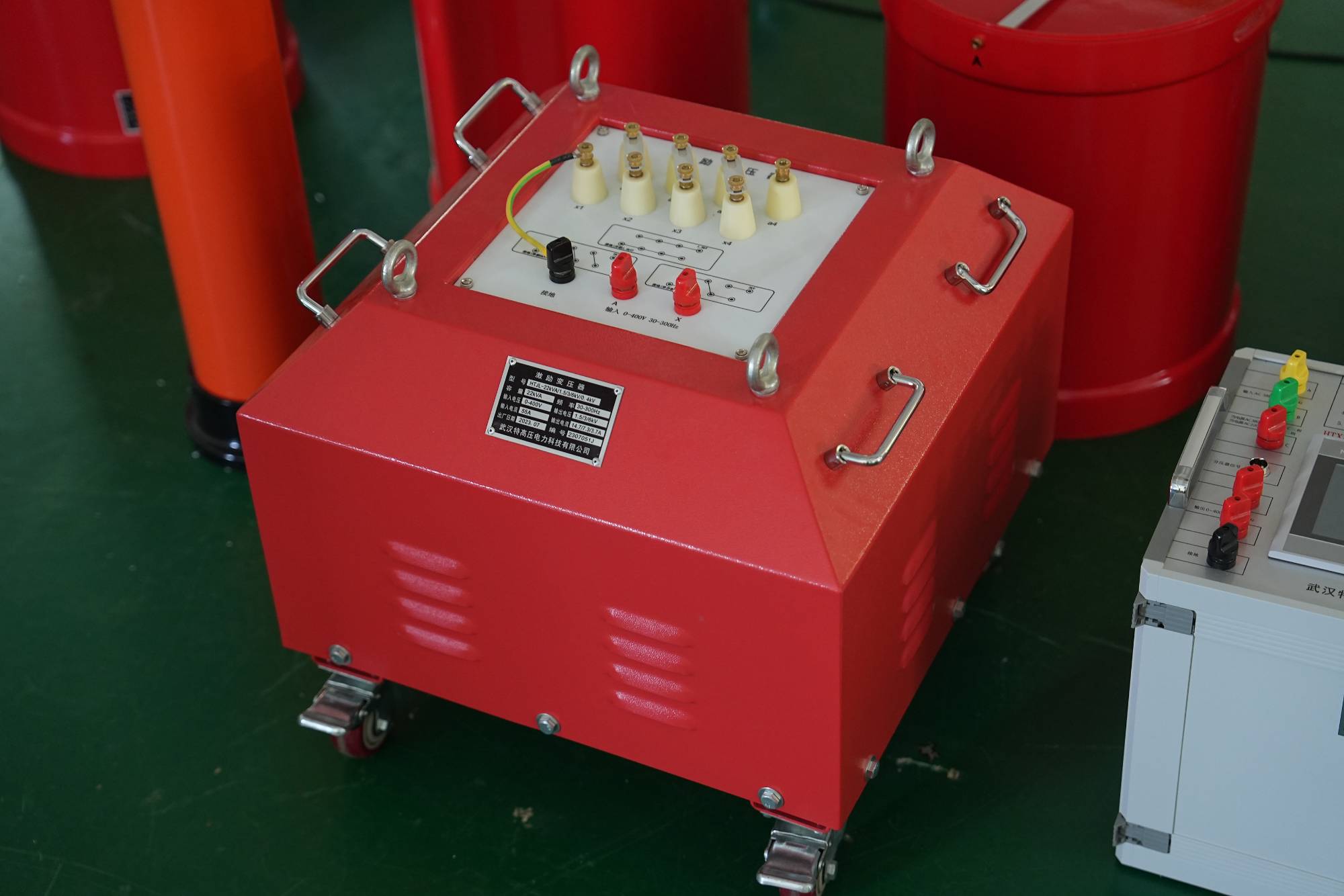
How can series resonance be relatively stable during use
2025-10-30The main purpose of using series resonance (also known as variable frequency resonance test device) for experiments is to maximize its advantages and ensure relatively stable voltage during use.In the process of conducting series resonance experiments, it is generally necessary to conduct multiple experiments in order to compare better performance during use. So generally, there won't be many problems during use, and only then can we ensure a smoother use of electricity. Therefore, during installation, it is necessary to follow the corresponding experimental data.Secondly, professional personnel must be responsible for installation during the use of series resonance, so as to effectively ensure the effectiveness of use and avoid many problems during installation. These are also some points to pay attention to when using this type of equipment. Only in this way can the advantages of the product be more prominent during use.In addition, when conducting series resonance experiments, i
HƠN -
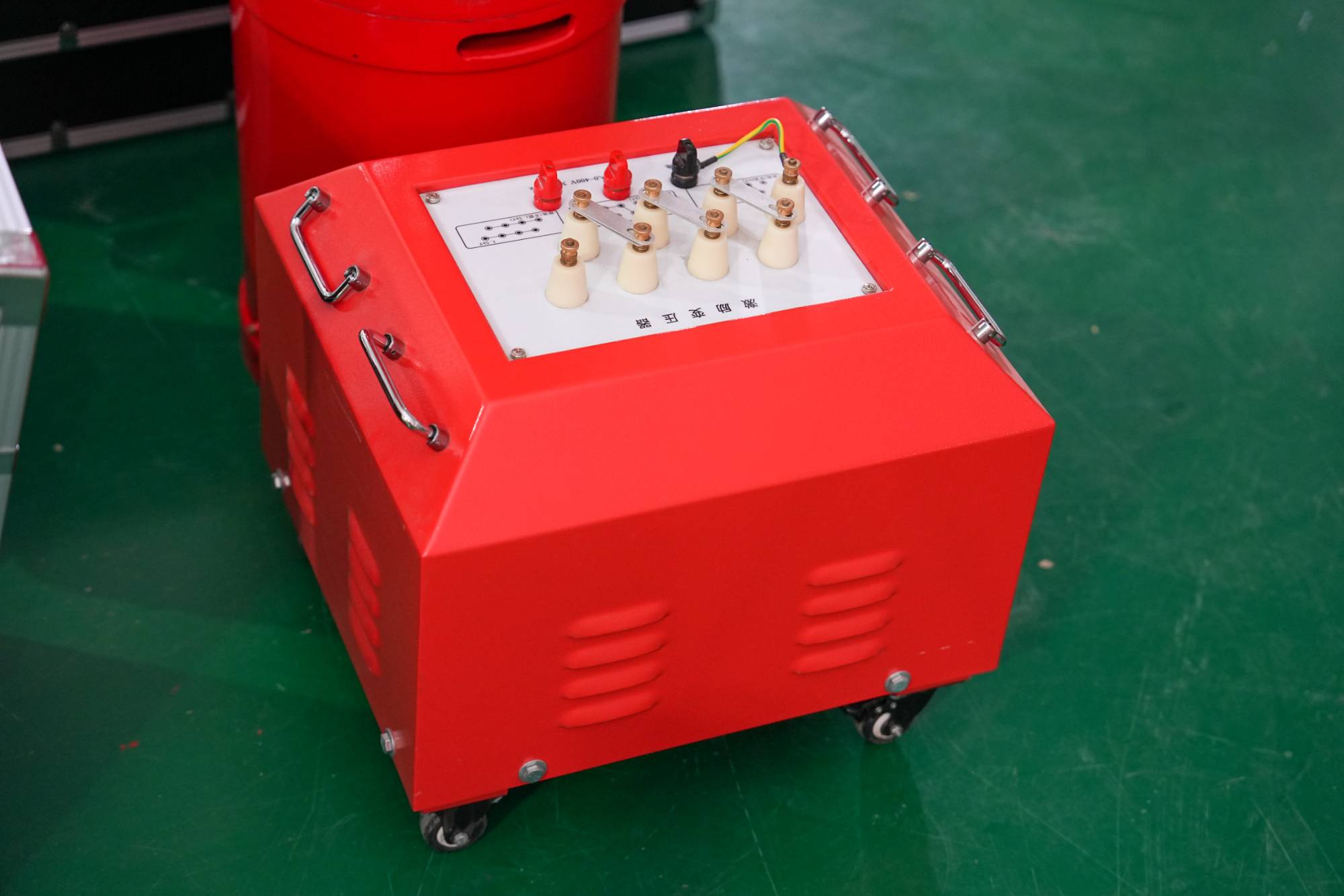
How to understand experimental cases of series resonance
2025-10-30Series resonance (also known as series resonance withstand voltage test device) is a device that will be used in the process of use, and there are many requirements that need to be met during the use of this device. Moreover, as long as we briefly understand it on the website, we can clearly understand the importance of this experiment. So how can we accurately understand the true situation of the data from these experimental cases?In the process of understanding, such experiments are generally targeted to a certain extent. So basically, the data is more suitable for personal use. However, in the process of conducting experiments, it is important to pay attention to how many times it is repeated, so that the effectiveness of use can be more professional. Therefore, special attention must be paid to these issues, only in this way can the effectiveness of use be effectively guaranteed. And it can also avoid many problems during use.Secondly, in the process of use, we all know that series
HƠN -
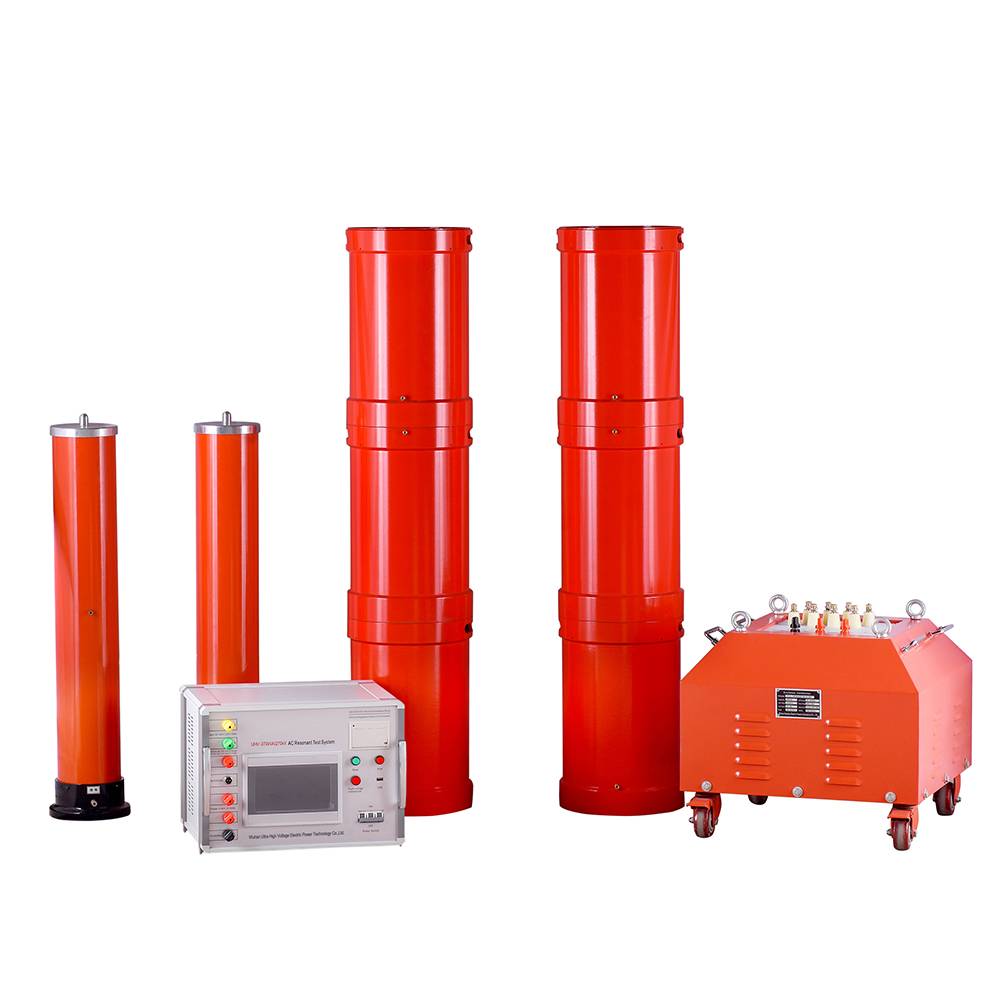
What are the prerequisites for series resonance test?
2025-10-30Series resonance basically belongs to some electrical tests in the process of free use, and there are also many issues that need to be paid attention to during the testing process, so that its advantages can be better highlighted during use. However, in the process of testing, it is not just about conducting tests, there are a series of advance conditions that need to be met, which need to be understood clearly.Firstly, in the process of conducting a series resonance test device, it is necessary to conduct a simple analysis of this method, as different data needs to be obtained during the experiment, and the results will also be completely different during the experiment. So don't rush to conduct experiments while obtaining the experimental data. Let's first analyze what subjects are needed in the experiment, what accessories are needed, and so on. After preparing a series of conditions for the series resonance test, the next step is to select different data so that the voltag
HƠN









